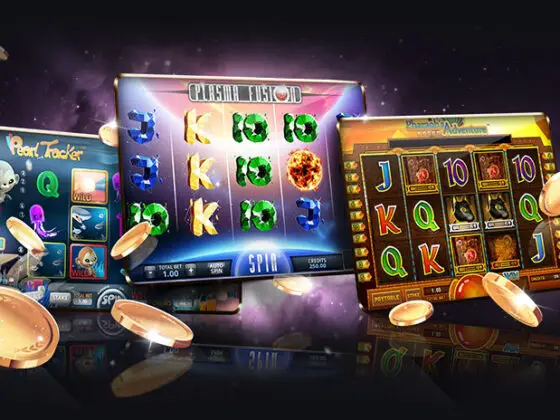In the last decade, esports has transitioned from niche pastime to a global phenomenon, with esports tournaments attracting millions of viewers, filling massive arenas, and offering prize pools that rival traditional sports. This meteoric rise is a testament to the universal appeal of competitive gaming and its ability to connect players and spectators across the globe. This article explores the factors driving the growth of esports tournaments and what this means for the future of entertainment.
The Genesis of Esports Tournaments
Esports began as informal competitions among friends and gaming enthusiasts. However, the turn of the millennium marked a pivotal moment, with organised tournaments starting to emerge. Games like “StarCraft” and “Counter-Strike” were among the first to see structured competitions, laying the groundwork for what would become a multi-billion-dollar industry.
Technological Advancements: The Catalyst for Growth
One of the primary drivers behind the growth of esports tournaments is technological advancement. High-speed internet and powerful gaming PCs have made online gaming more accessible, while streaming platforms like Twitch and YouTube Gaming have allowed fans to watch live competitions from anywhere in the world. Advances in gaming graphics and mechanics have also made watching esports a visually captivating experience, drawing in even those who may not play the games themselves.
The Rise of Professionalism and Sponsorship
As viewership numbers surged, so did the interest from sponsors and advertisers, with independent casinos keen to tap into esports’ predominantly gamer audience. This influx of investment has professionalised the scene, with players forming teams or joining organisations that offer salaries, training facilities, and support staff. Sponsorships and advertising have not only boosted prize pools but also legitimised esports as a career path for many.
The escalating prize pools in esports tournaments have become a hallmark of their explosive growth. Said prizes draw both competitors and spectators into the fold with sums that sometimes even surpass those in traditional sports. This increase in prize money is a testament to the booming popularity and commercial success of esports. Growth tht is fueled by sponsorships, advertising, and broadcasting rights. High-profile tournaments like The International for “Dota 2,” the “League of Legends” World Championship, and the “Fortnite” World Cup have offered prize pools reaching tens of millions of dollars, attracting the best talent from around the globe and elevating the stakes of competition. Such substantial rewards underscore the legitimacy and viability of esports as a professional career. They also elevate the overall excitement and prestige surrounding these events. The promise of life-changing winnings has propelled the industry forward. Such awards attract a new generation of gamers while cementing esports’ position as a dominant force in the entertainment industry.
Mainstream Acceptance and Media Coverage
Esports tournaments have gained recognition from mainstream media and even traditional sports organizations. Networks like ESPN now broadcast esports competitions, while international sporting events like the Asian Games have included esports as a medal event. This mainstream acceptance has helped dissolve the stigma once associated with gaming, showcasing esports as a legitimate form of competitive entertainment.
Global Reach and Community Building
Esports’ global appeal is undeniable, with tournaments attracting participants and viewers from around the world. This international reach has fostered a sense of community among fans, who share a love for gaming regardless of geographical boundaries. Social media and online forums have further strengthened these connections, allowing fans to discuss strategies, share highlights, and support their favourite teams and players.
The Future: A New Era of Esports Tournaments
Looking forward, the growth of esports tournaments shows no signs of slowing. Emerging technologies like virtual reality and augmented reality promise to make esports even more immersive. These technologies will potentially attract a new wave of fans and participants. Moreover, the ongoing development of mobile gaming is likely to make esports accessible to even more people worldwide.
The integration of esports within educational institutions and the establishment of dedicated esports arenas are also indicators of the enduring impact. As esports continues to evolve, it’s clear that what once was a subculture is now a mainstream phenomenon. A phenomenon reshaping the landscape of entertainment and competitive sports.
Conclusion
The explosive growth of esports tournaments over the past decade is a reflection of changing entertainment preferences. It also reflects technological advancements, and the universal appeal of competitive gaming. As the industry continues to mature, the potential for esports is boundless. Esports offer the promise of more innovation, broader reach, and deeper engagement with fans. Esports tournaments have created a new genre of competitive entertainment. They have also established a global community united by a passion for gaming.


























